
April 2017
Last month at the yearly F8 conference Mark Zuckerberg announced that Facebook will be launching head first into Augmented Reality. Considering Facebook has already invested nearly $3 billion dollars into virtual reality to date, this is an exciting addition to the company’s growing portfolio of emerging technology.
Facebook is building a mobile application that will augment the world of the user around them through the lense of their mobile phone camera. Whether its projecting a board game onto an empty coffee table or seeing directions overlaid on the road in front of you, Facebook are convinced augmented reality powered by your mobile phone camera is the right way to bring AR to mass consumer adoption today.
Not to be confused with last year’s Pokemon Go craze (which was wrongly touted as augmented reality), Facebook is genuinely looking to map digital objects into the real world that will act and react to real world objects. What does that mean? Very simply your camera will scan your environment and through very clever software understand what its looking at allowing augmented reality projections to avoid, hide behind or even use the real world environment.
What’s so exciting about last month’s news is Facebook are aiming to fast forward the timeline for augmented reality to emerge as a consumer technology. While Microsoft’s Hololens and Google’s Magic Leap are creating quite a stir in the tech world, its obvious these wearable AR technologies are probably 5 – 10 years away for the consumer.
Facebook’s augmented reality app is in a way a solid stepping stone to fully wearable augmented reality devices, teasing and educating the general public into how AR can (excuse the pun) augmented their lives in a wide variety of ways. But what will Facebook’s augmented reality look like and what does it hint at for augmented reality as a mass consumer technology of the future?
For us at Glitch it screams “Branded Realities”.
Right now our environment, or immediate reality, is a shared common experience. If it’s the grey drab colour of your office walls or the lacklustre of your rented apartment living room, the environment is the same for whoever is in it. Personalising that environment is a costly usually rare event and whatever changes do take place happen again on a communal level with whomever uses the space.
Through technology such as Facebook’s AR Camera app and more long term wearable AR tech such as the Hololens a truly personalised reality is beginning to emerge. Imagine an office space where each employee has personalised exactly how they want to see the office, perhaps project industry news on a certain wall, play ambient music, or project their work contacts onto their desk – all personal to that individual. Extend that thought back home, perhaps your partner likes the lounge in a baby blue colour with some classic art hanging on the walls while you like it dark red with art deco paintings – no problem the lounge will be augmented to your individual preferences. Now you are sharing the same physical space, but completely different branded realities. If you are struggling to get your head around how this reality might look I suggest you watch the recently released Ghost In the Shell or the somewhat more dystopic Hyper Reality.
Now each of us have a personalised, branded reality. An augmented reality that very much represents you, arguably a projection or extension of your personality. You can now share that reality with others, invite friends or colleagues to step into your augmented reality or perhaps leave digital footprints in their own; a reminder note on their fridge or a photo you took while you were in the park. Advertisements and product branding would no longer be restricted to screens but now through your own personalised algorithm would populate into your augmented reality. Perhaps you open your real world fridge and see a projection of an ice cold bottle of beer, what a great way to entice a consumer.
If the prospect of this personalised augmented reality excites or terrifies you, the fact of the matter is this future is now just around the corner, and players like Facebook are priming the general public and consumer with stepping stone technology such as their augmented reality mobile phone app.
Finally I will be able to get some H. R. Giger art on my living room wall without the wife kicking up a fuss!

 Cultivating Minds: How Havrå Farm Game will Grow Sustainable Leaders
Cultivating Minds: How Havrå Farm Game will Grow Sustainable Leaders How cultural heritage is leveraging blockchain and NFTs to reconnect to their audience
How cultural heritage is leveraging blockchain and NFTs to reconnect to their audience It’s hot tub time
It’s hot tub time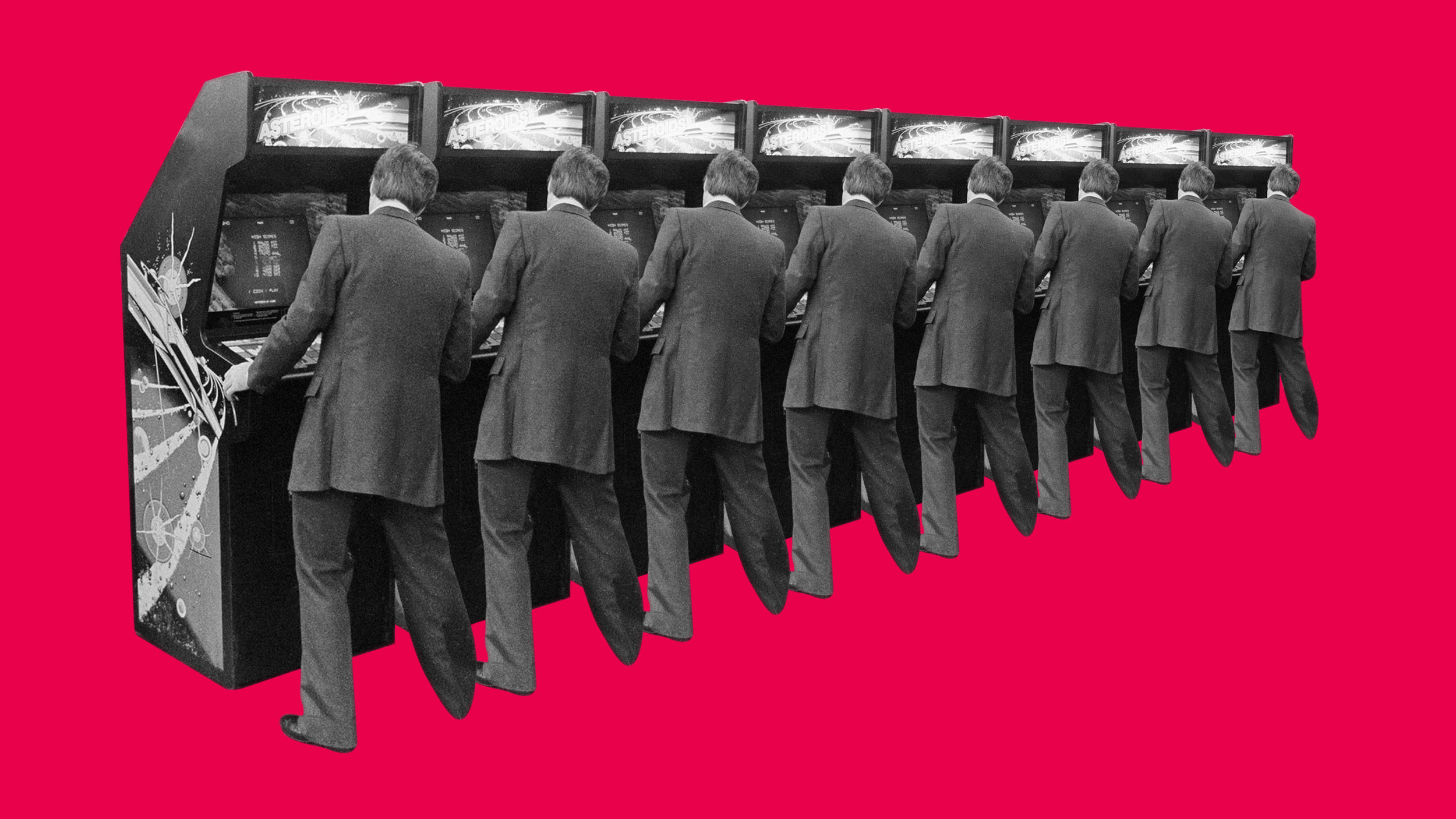 The renaissance of the classic arcade
The renaissance of the classic arcade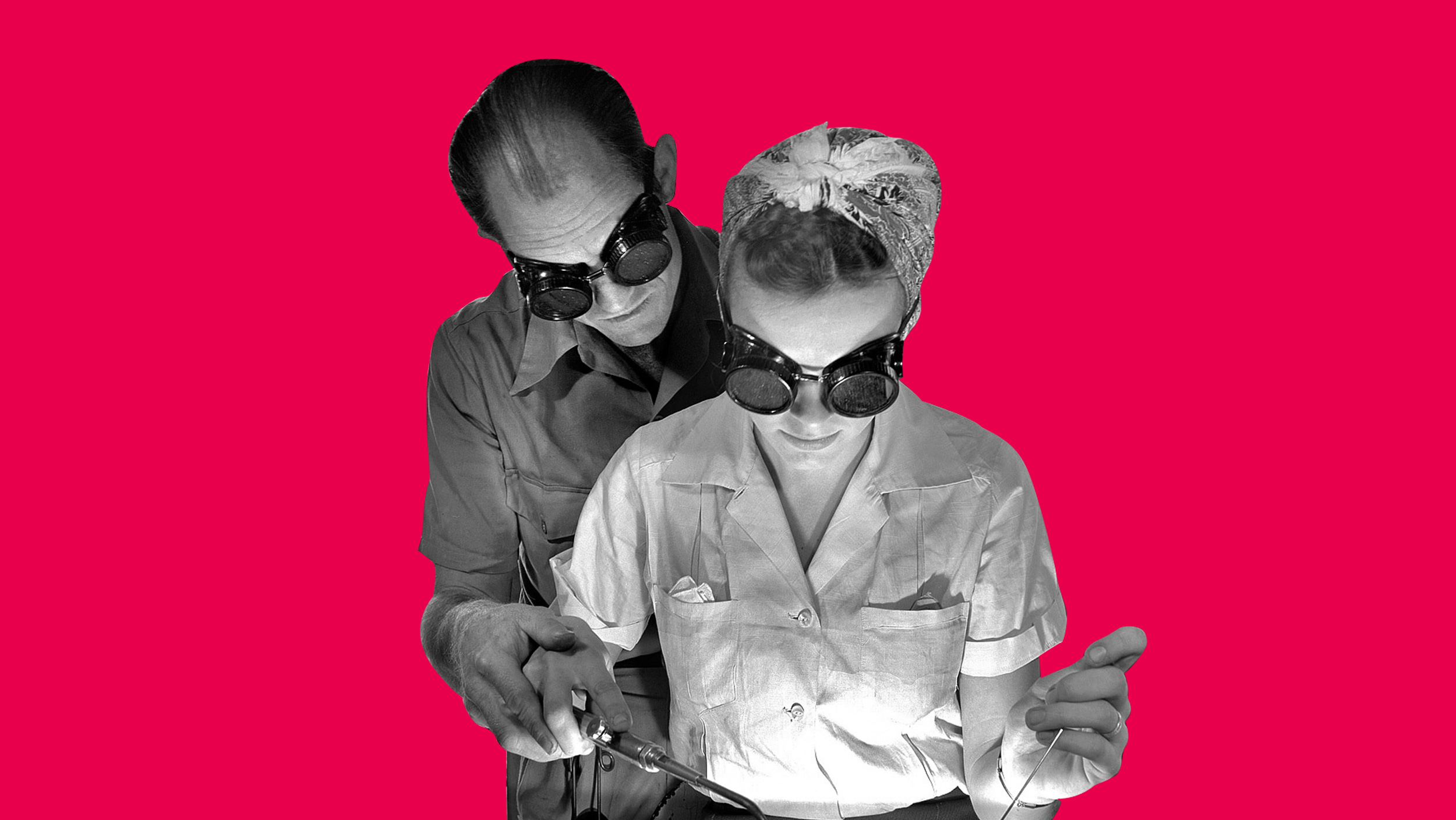 A model for understanding the virtual reality experience
A model for understanding the virtual reality experience How VR / AR are an effective b2b sales solution
How VR / AR are an effective b2b sales solution VR – Machine driven human to human interaction
VR – Machine driven human to human interaction Untangling the wires – how 2019 will see virtual reality cut the umbilical-cord
Untangling the wires – how 2019 will see virtual reality cut the umbilical-cord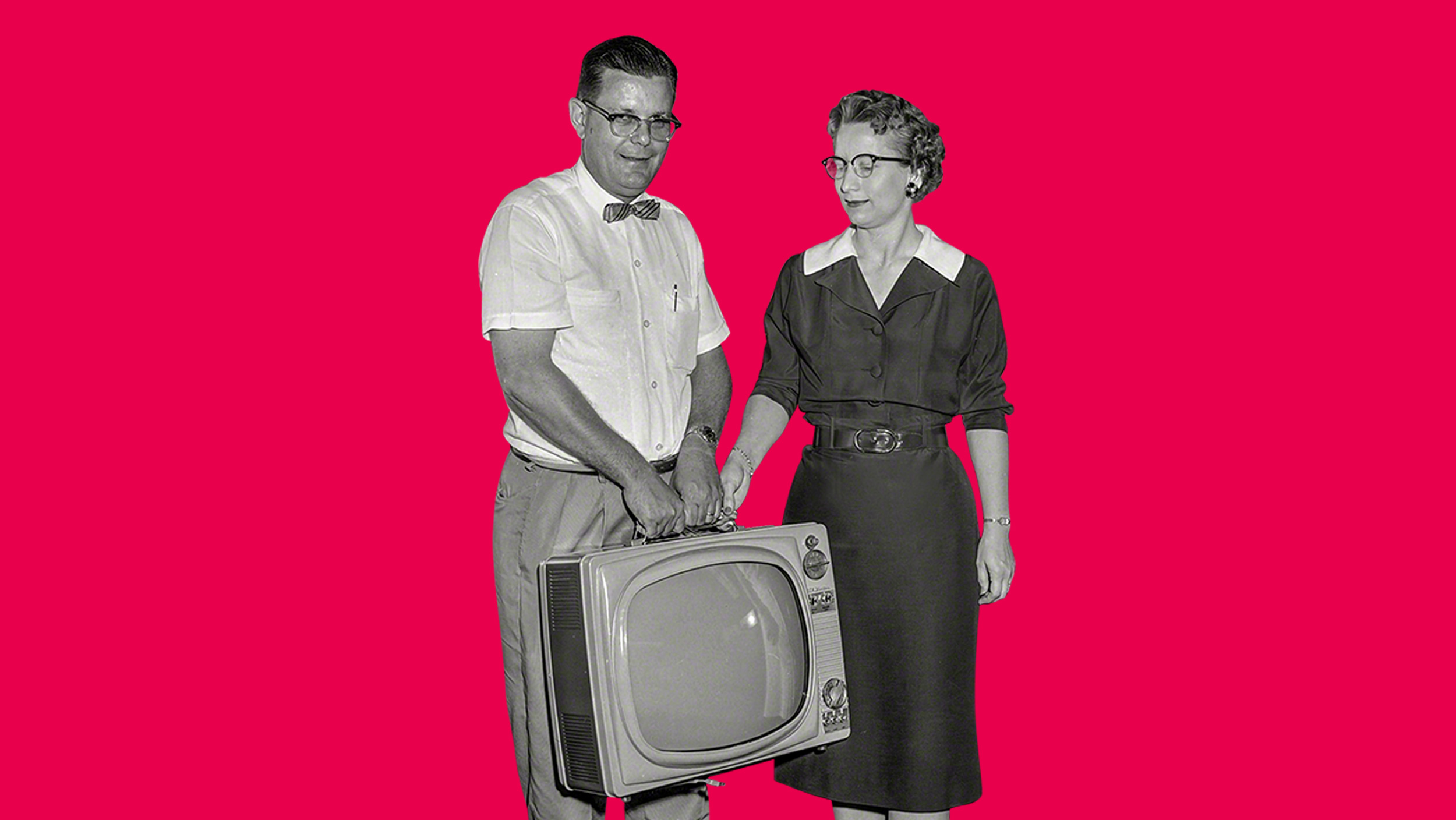 Our long road to getting virtual reality on the road
Our long road to getting virtual reality on the road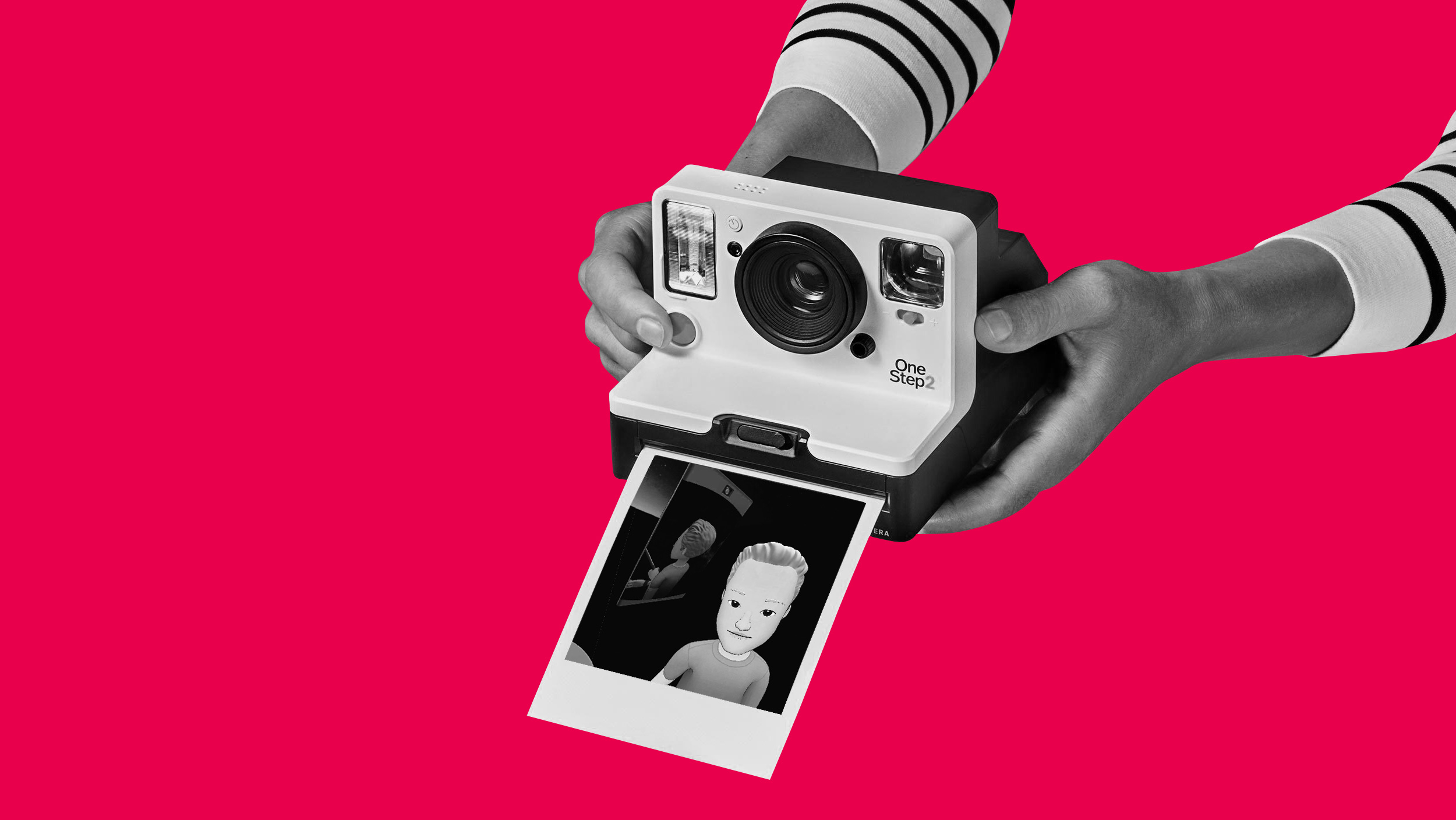 The information age is dead welcome to the experimental age
The information age is dead welcome to the experimental age Anatomy of VR
Anatomy of VR Deciphering the hololens
Deciphering the hololens Make it sound right or break immersion
Make it sound right or break immersion Branding your reality
Branding your reality A deep dive into immersion
A deep dive into immersion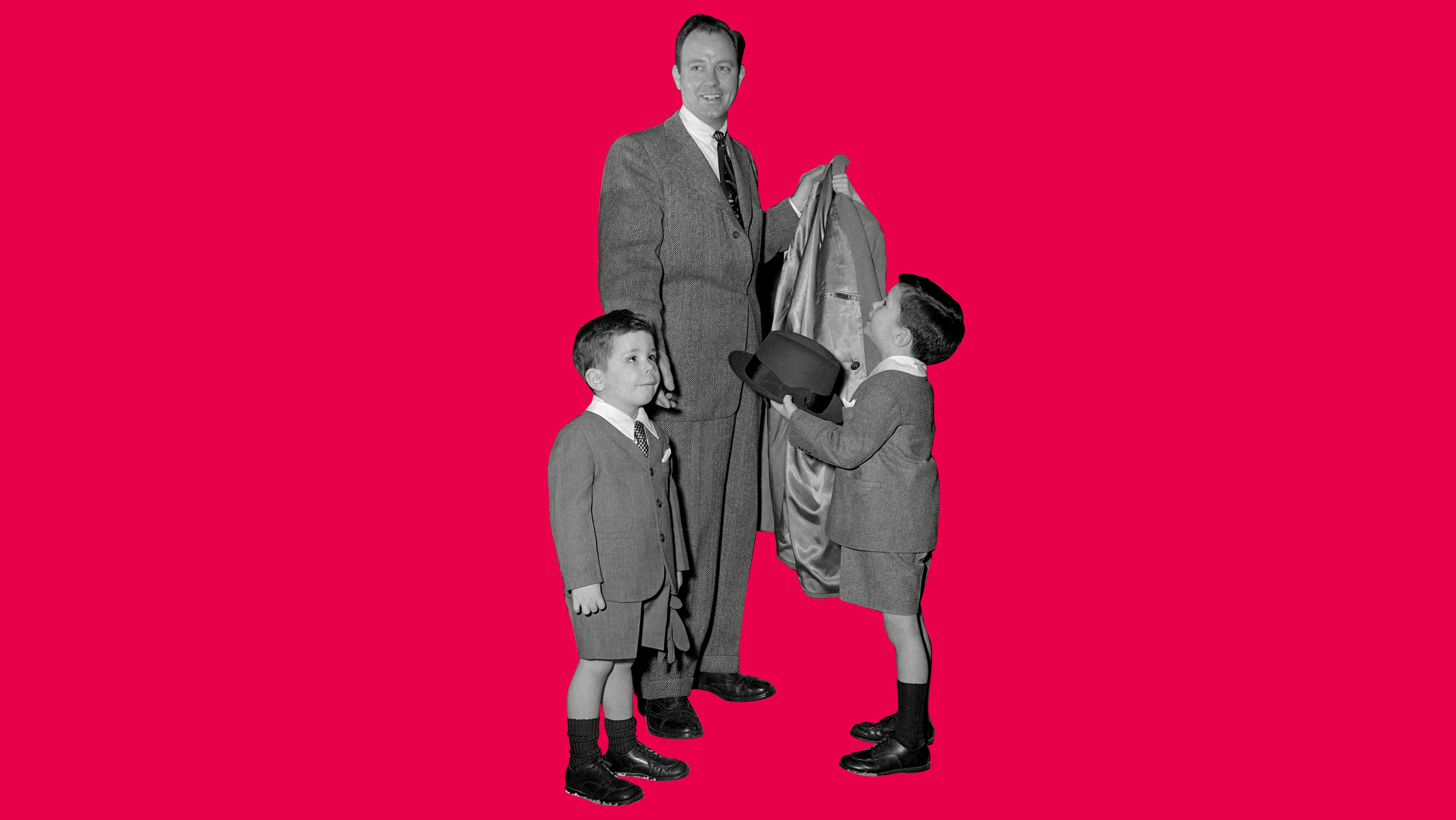 Why the suit & ties don’t get VR
Why the suit & ties don’t get VR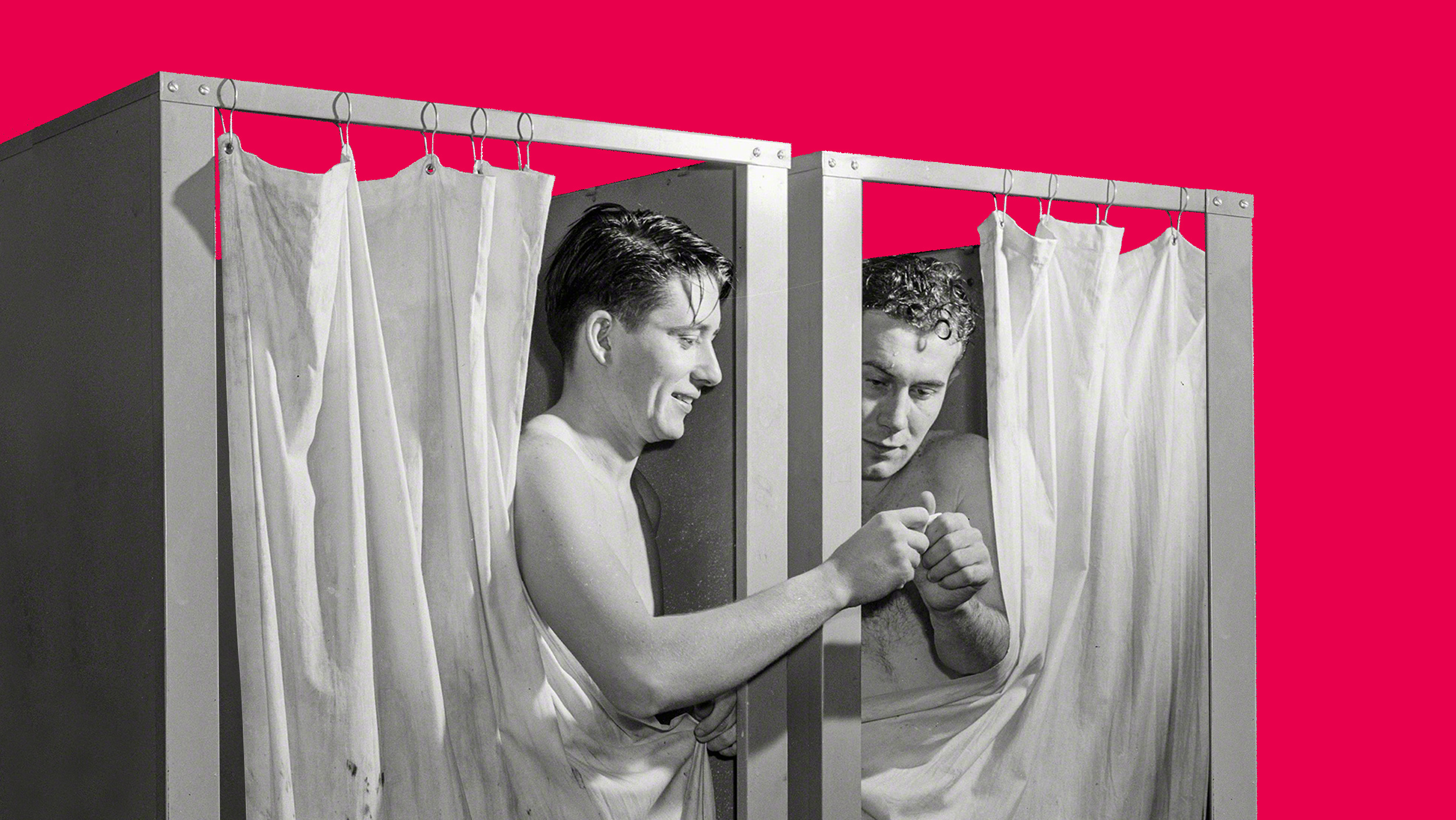 The hidden marketing value of virtual reality
The hidden marketing value of virtual reality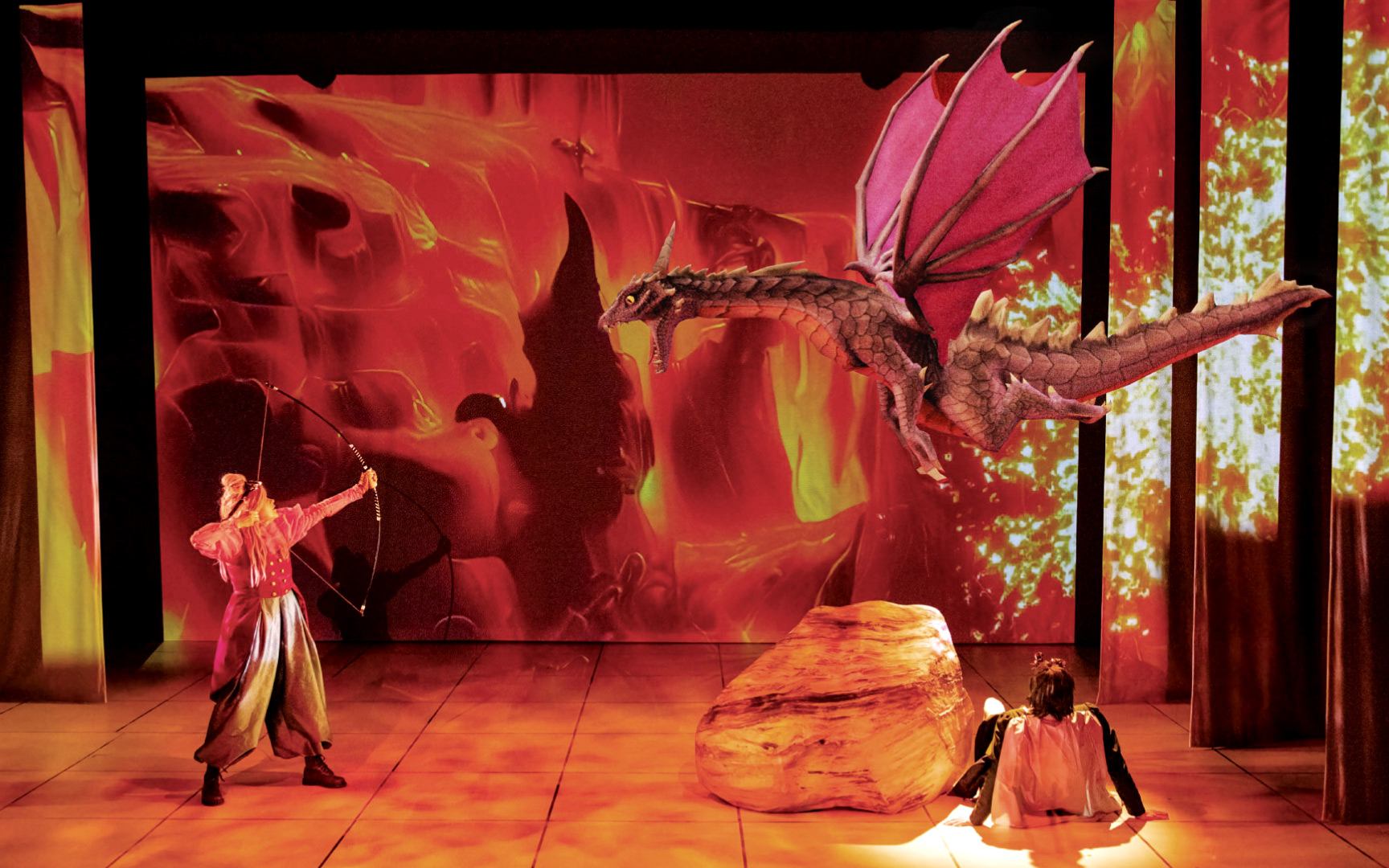 Theatre reimagined with AR
Theatre reimagined with AR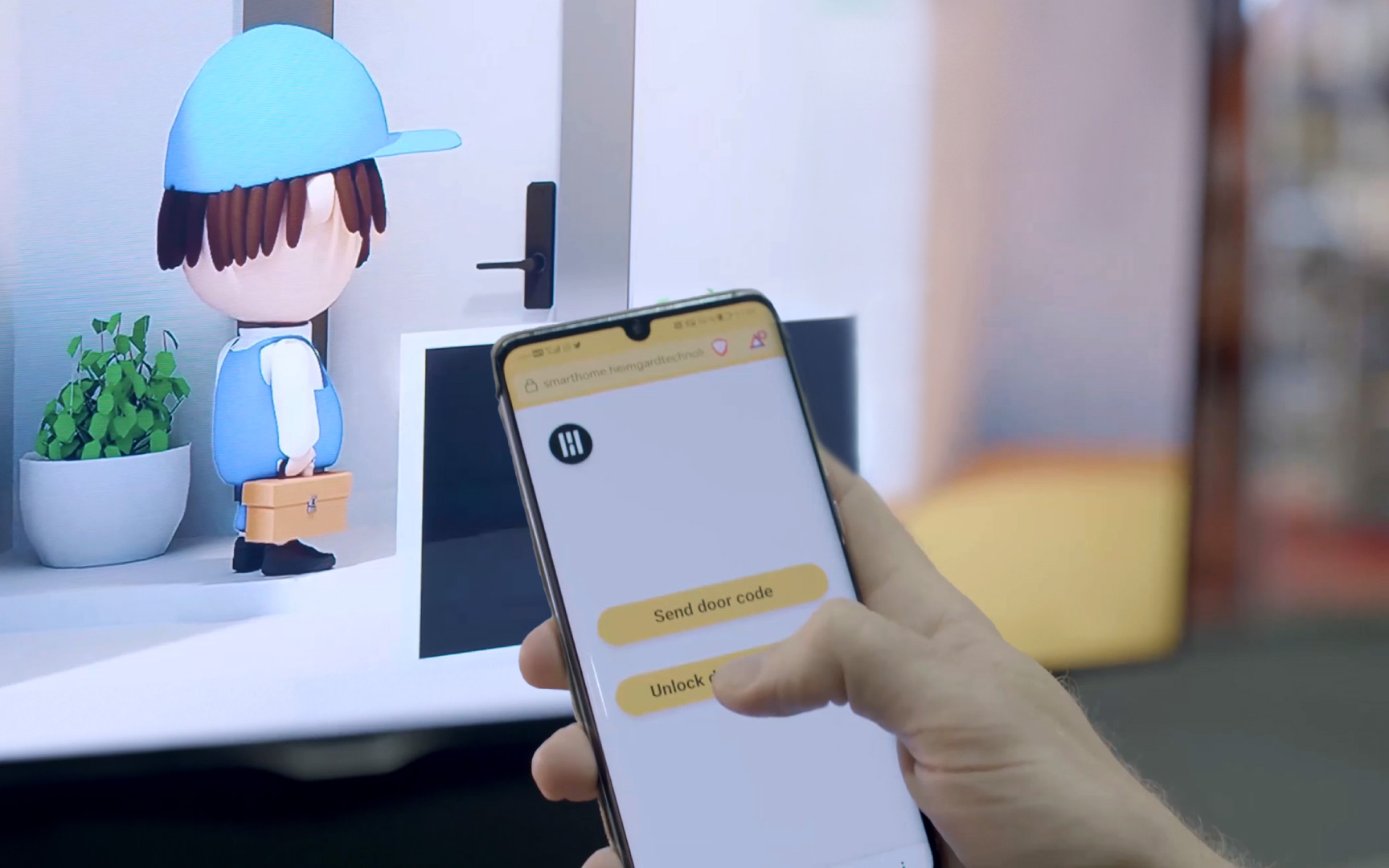 Let your audience control their experience
Let your audience control their experience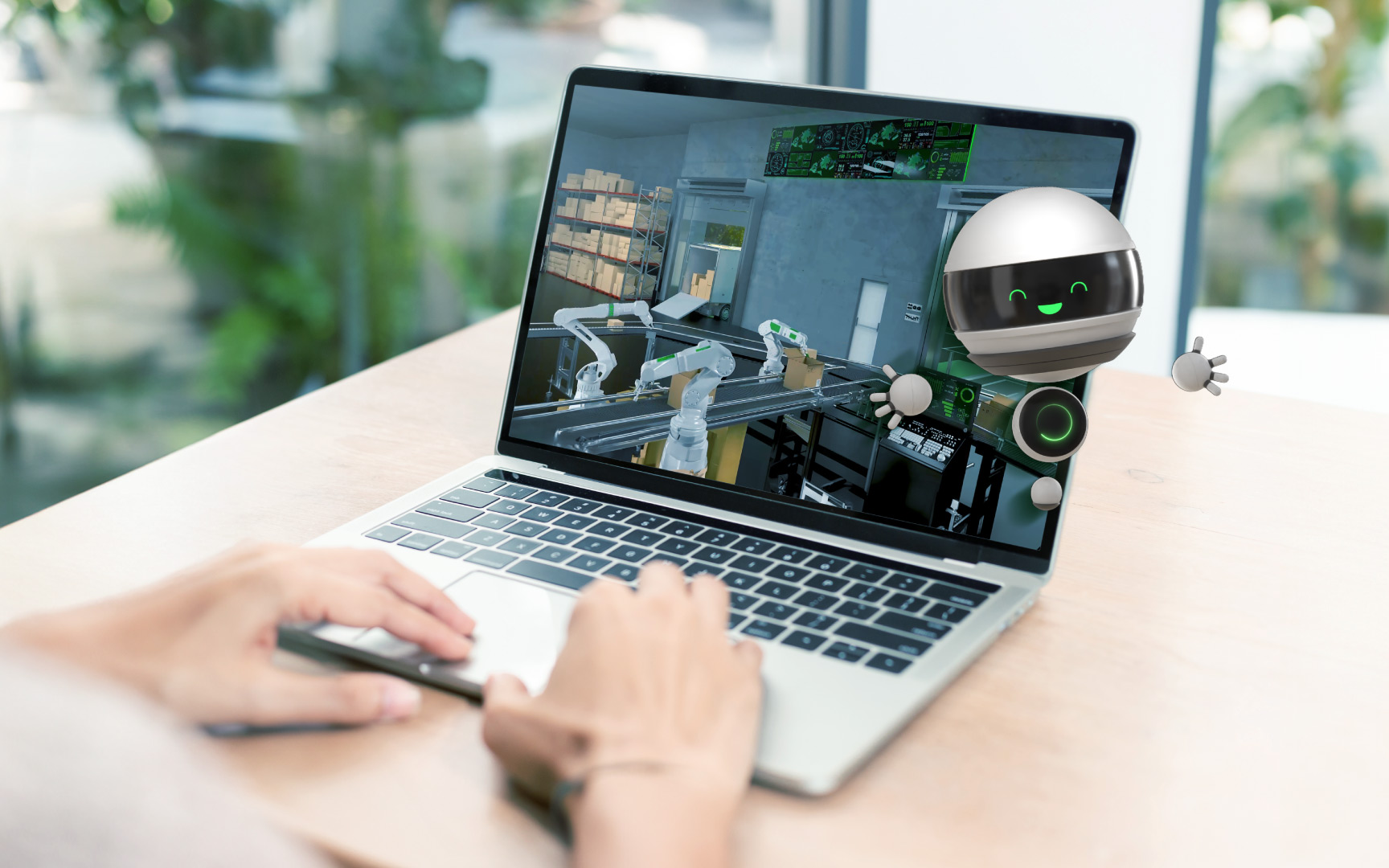 Immersive web to CRM integration for lead gen
Immersive web to CRM integration for lead gen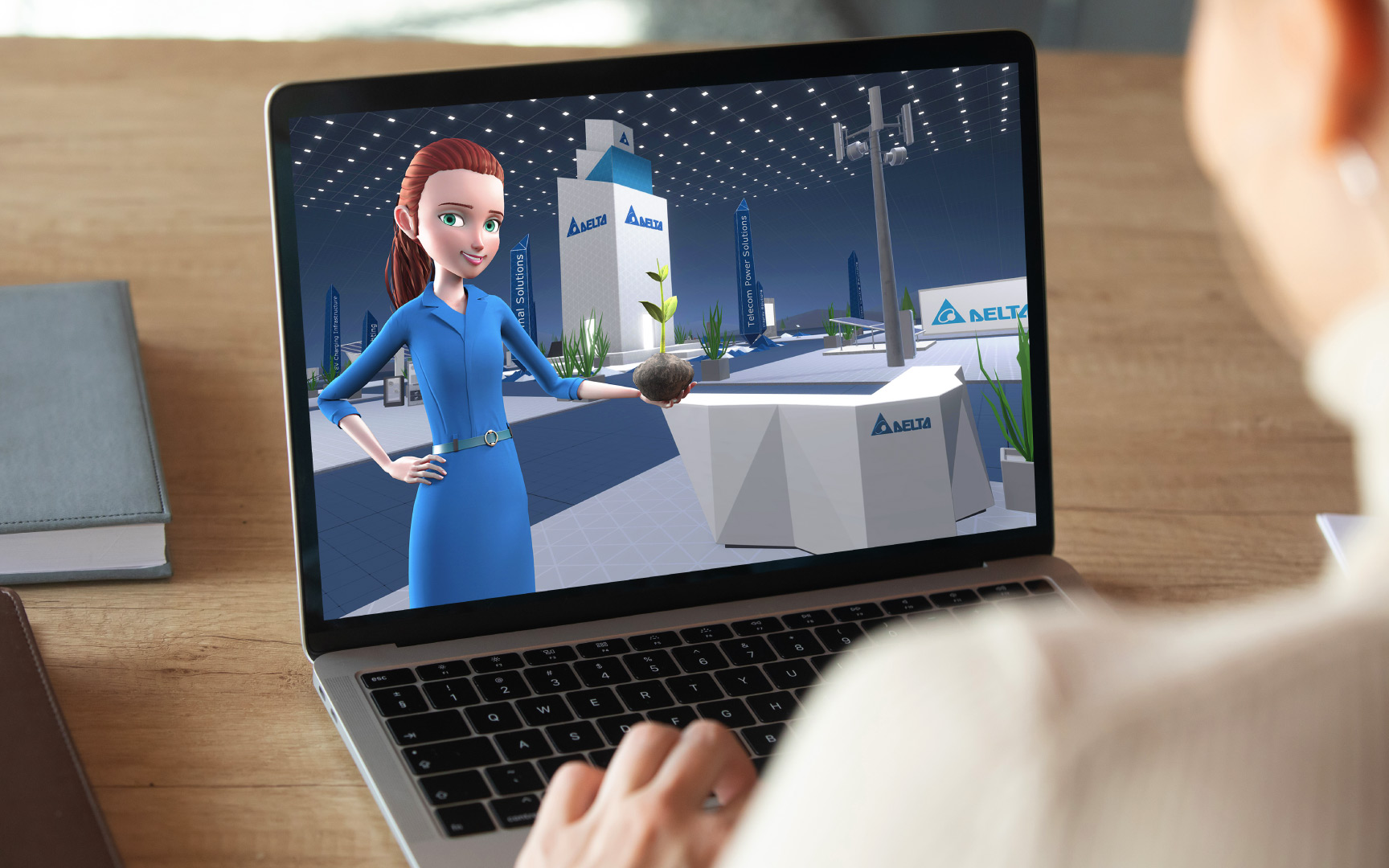 Digital interactive exhibitions during the pandemic
Digital interactive exhibitions during the pandemic Creating a virtual museum with photogrammetry
Creating a virtual museum with photogrammetry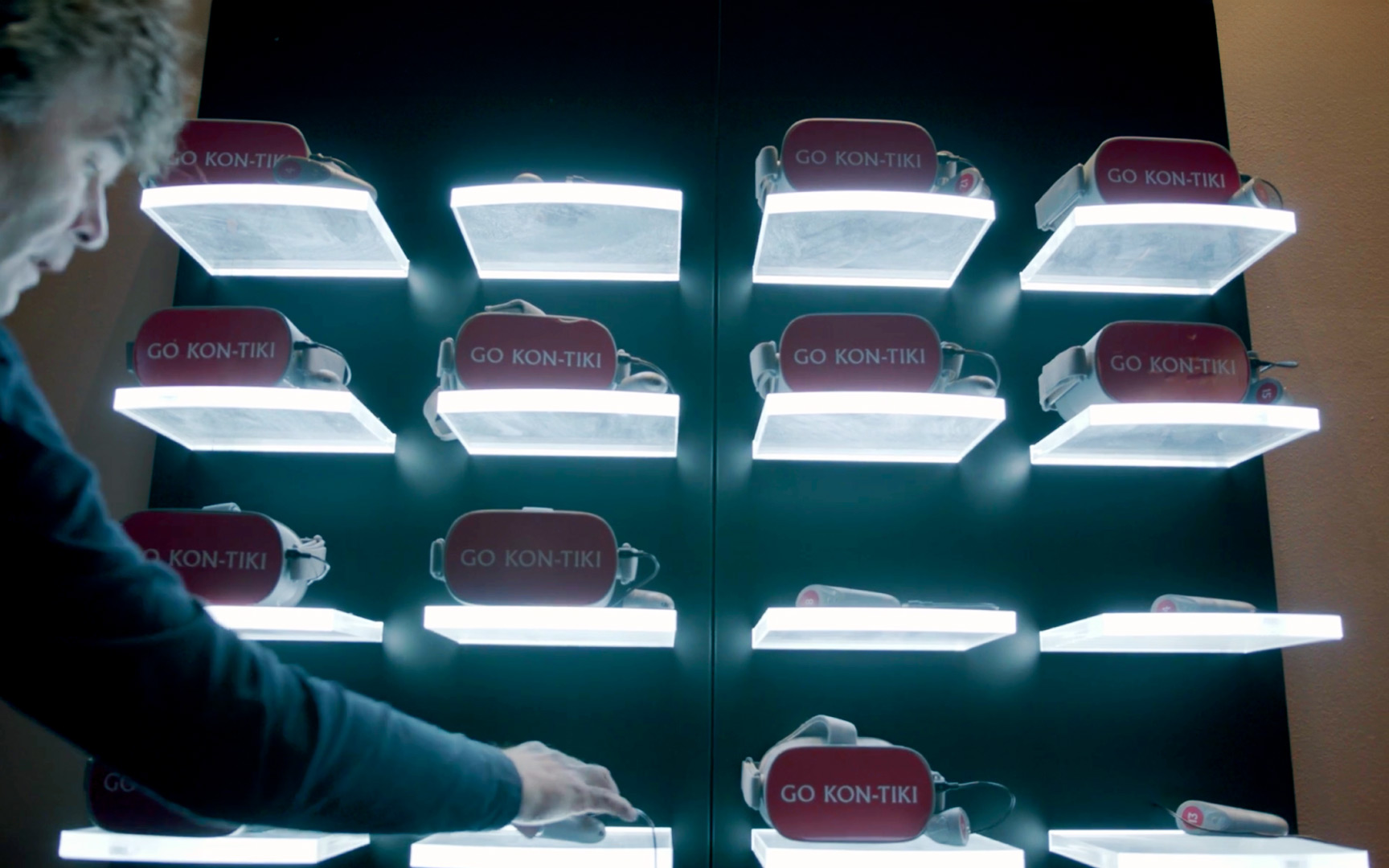 Sailing across the pacific in VR
Sailing across the pacific in VR Audience engagement through immersive web
Audience engagement through immersive web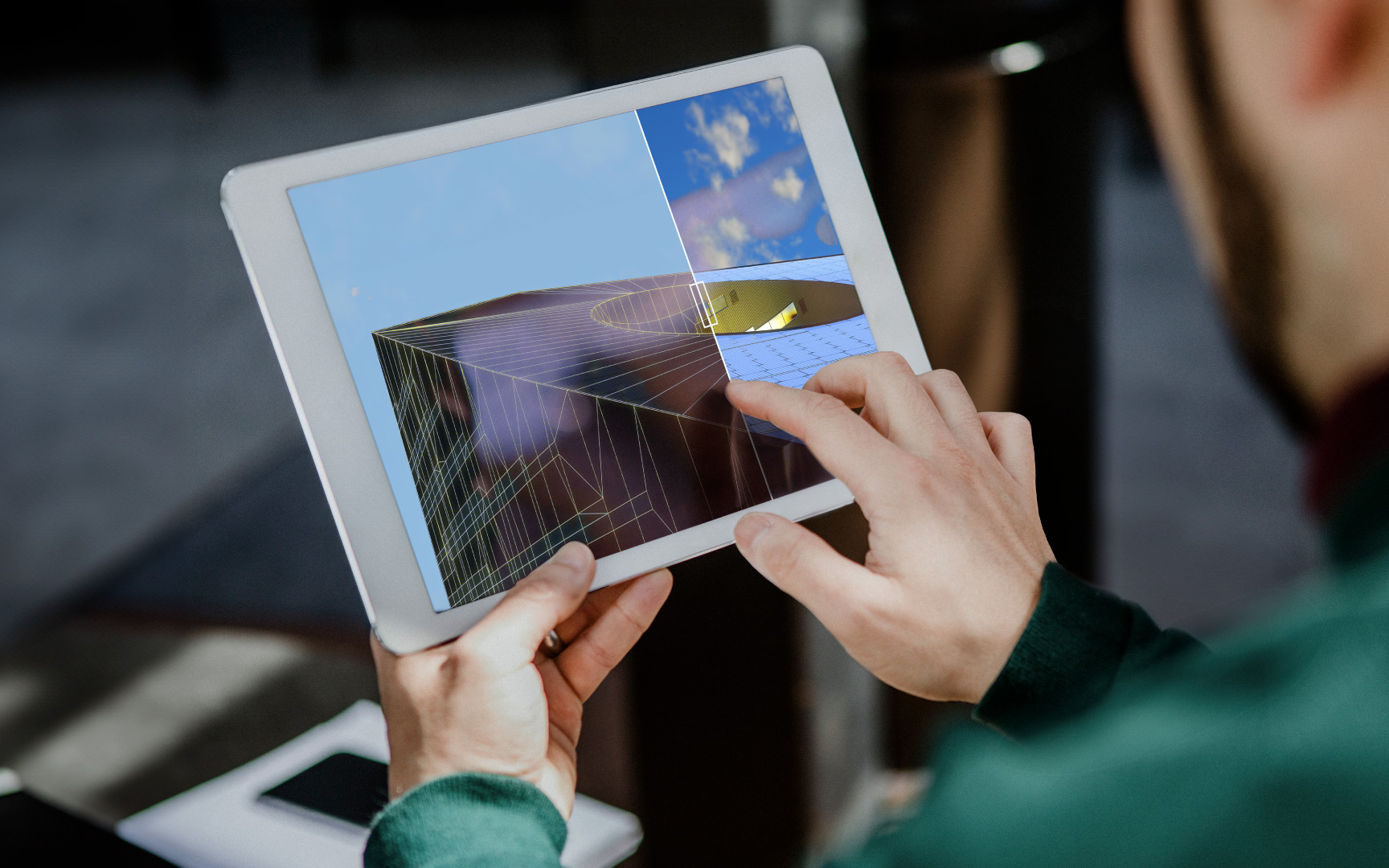 Share your architectural vision in AR
Share your architectural vision in AR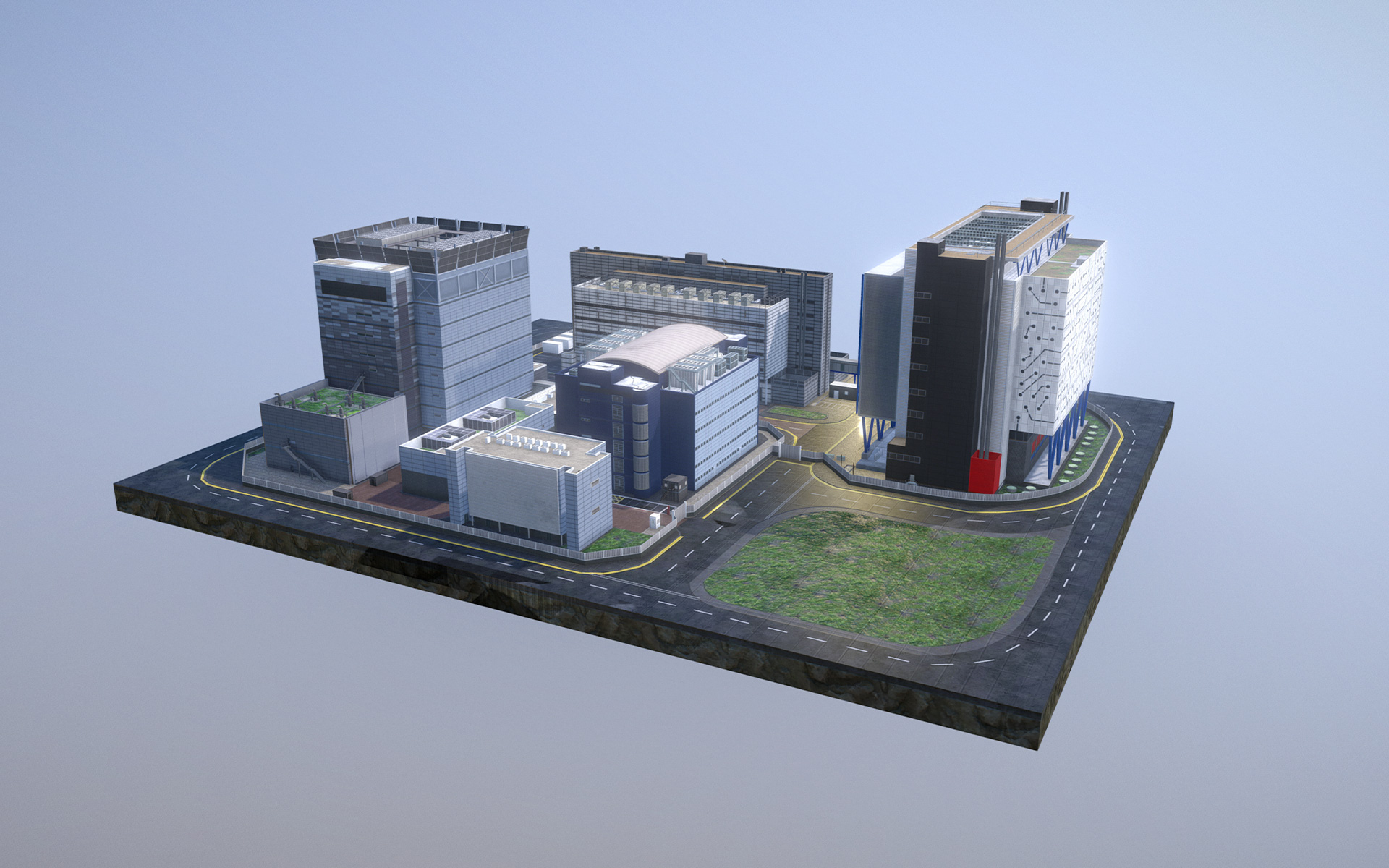 Selling complex installations across WebGL and VR
Selling complex installations across WebGL and VR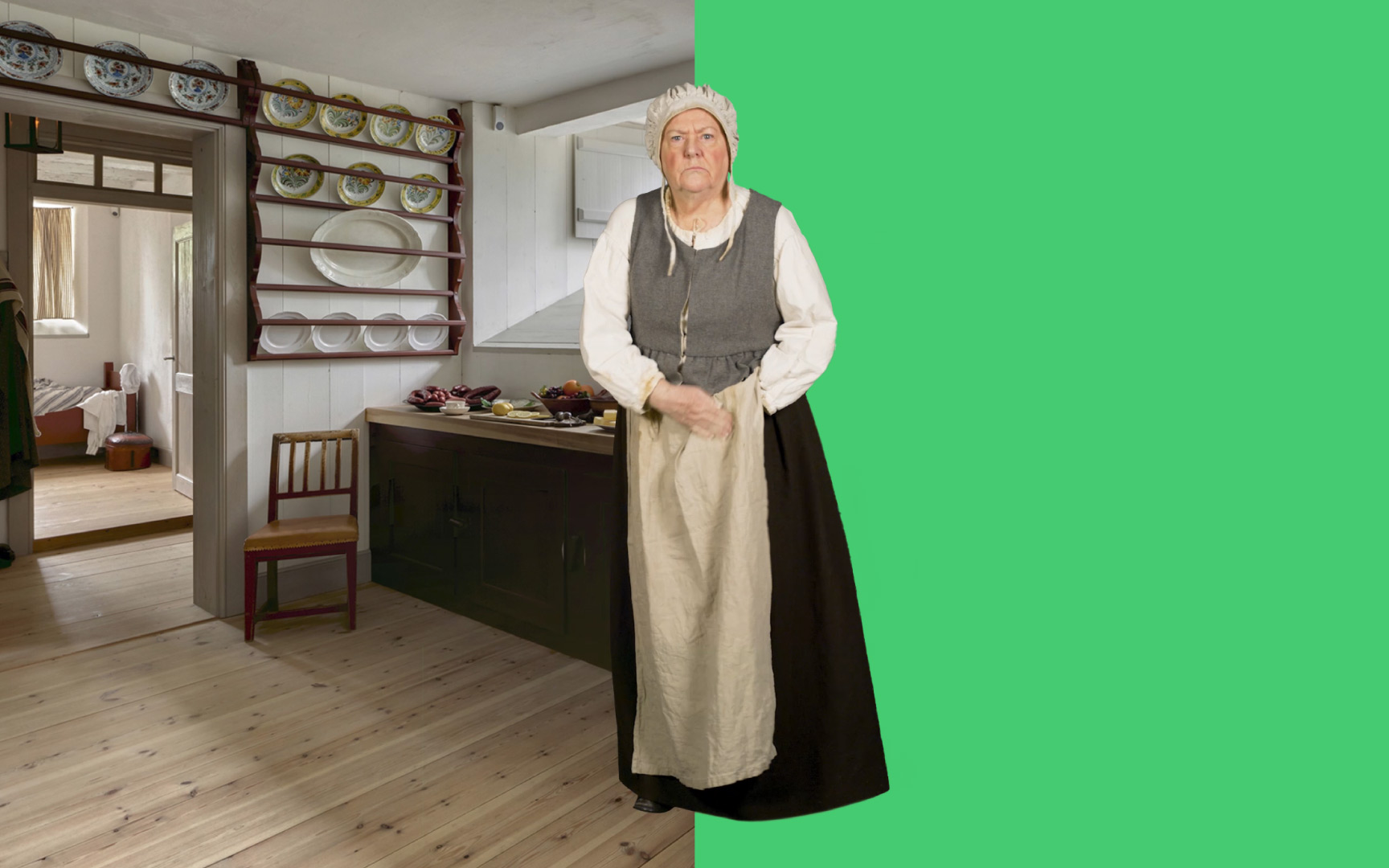 Bringing history to life with 360 photospheres
Bringing history to life with 360 photospheres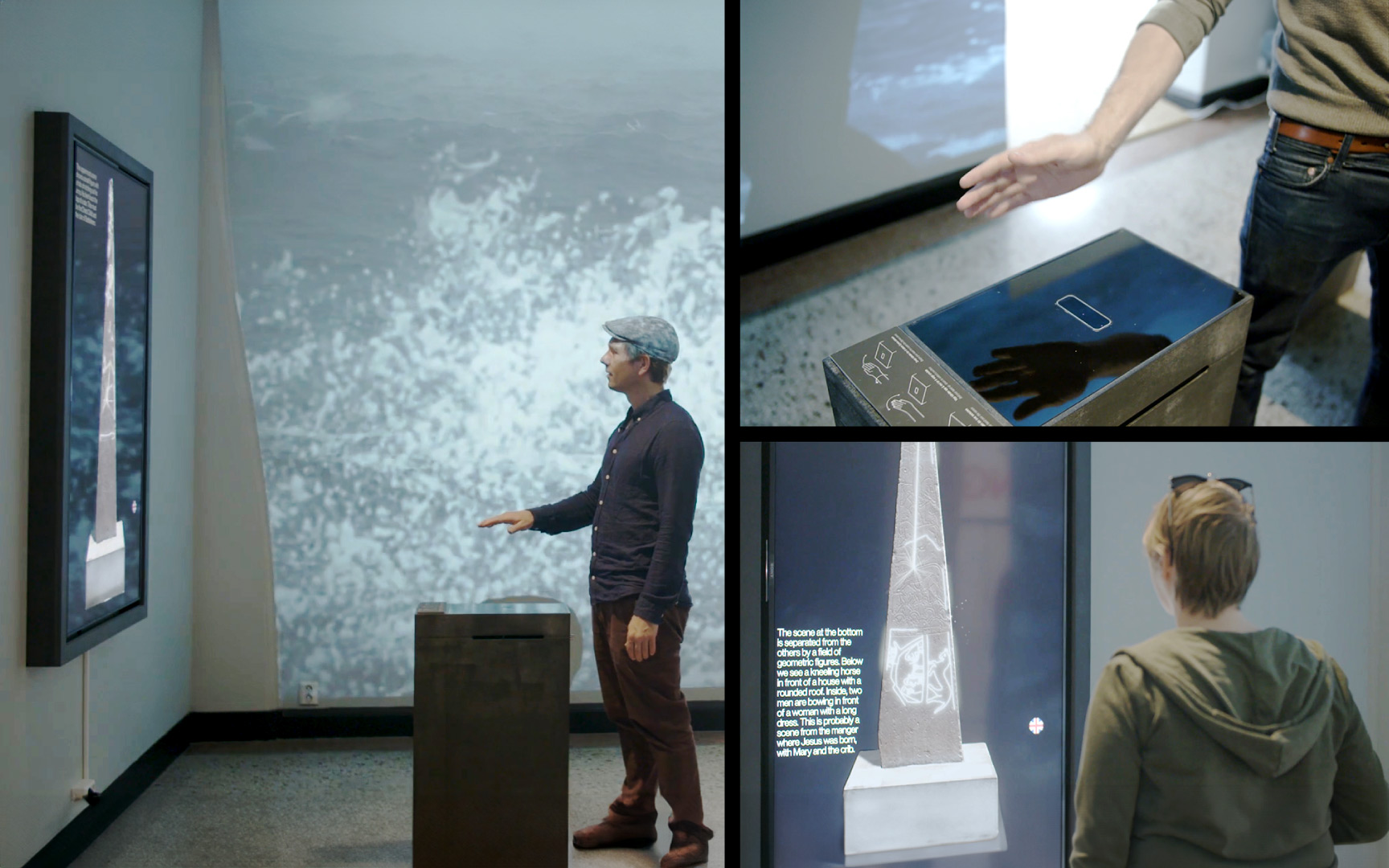 Digitizing hard to exhibit historical artifacts
Digitizing hard to exhibit historical artifacts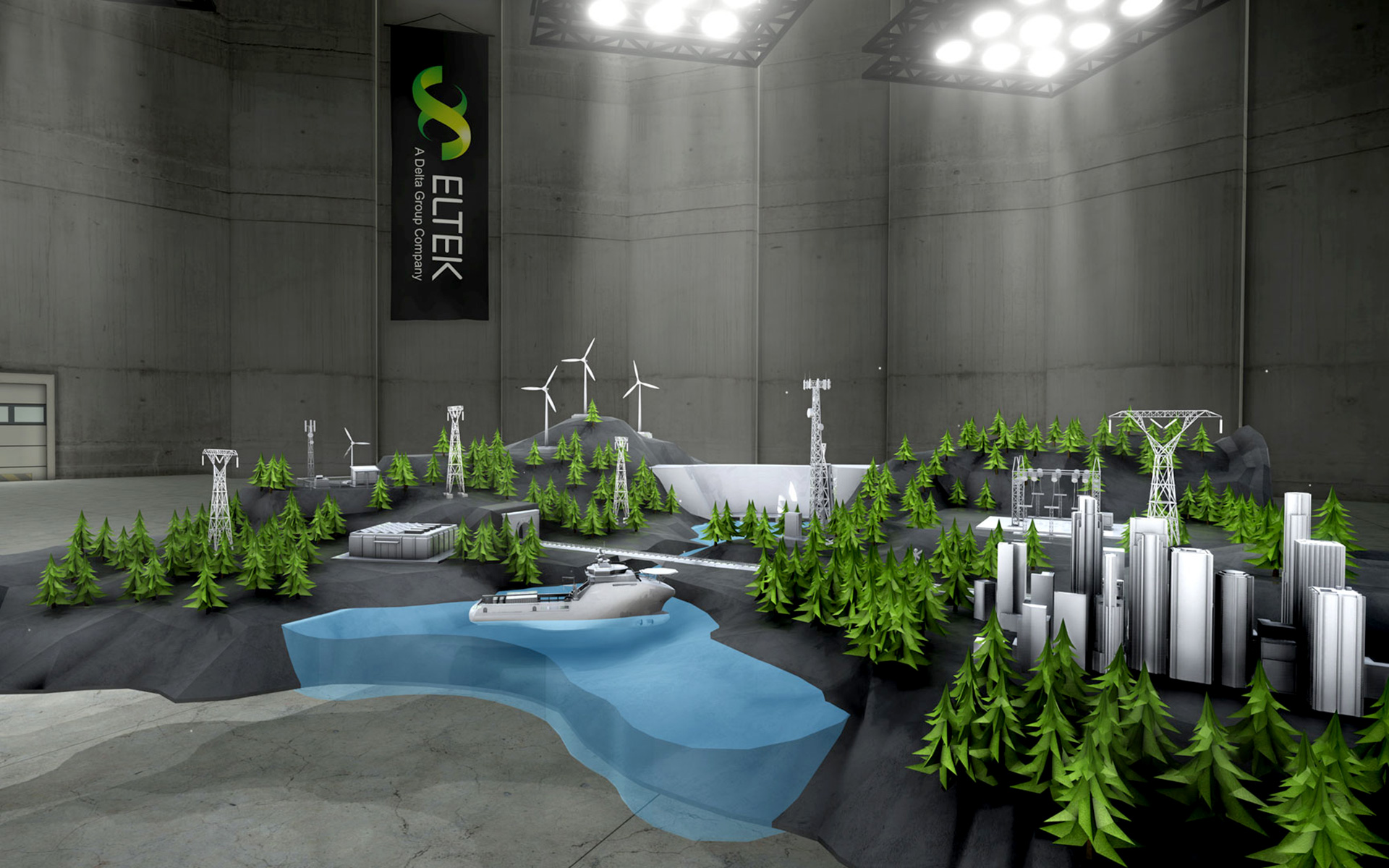 Creating an immersive product showroom
Creating an immersive product showroom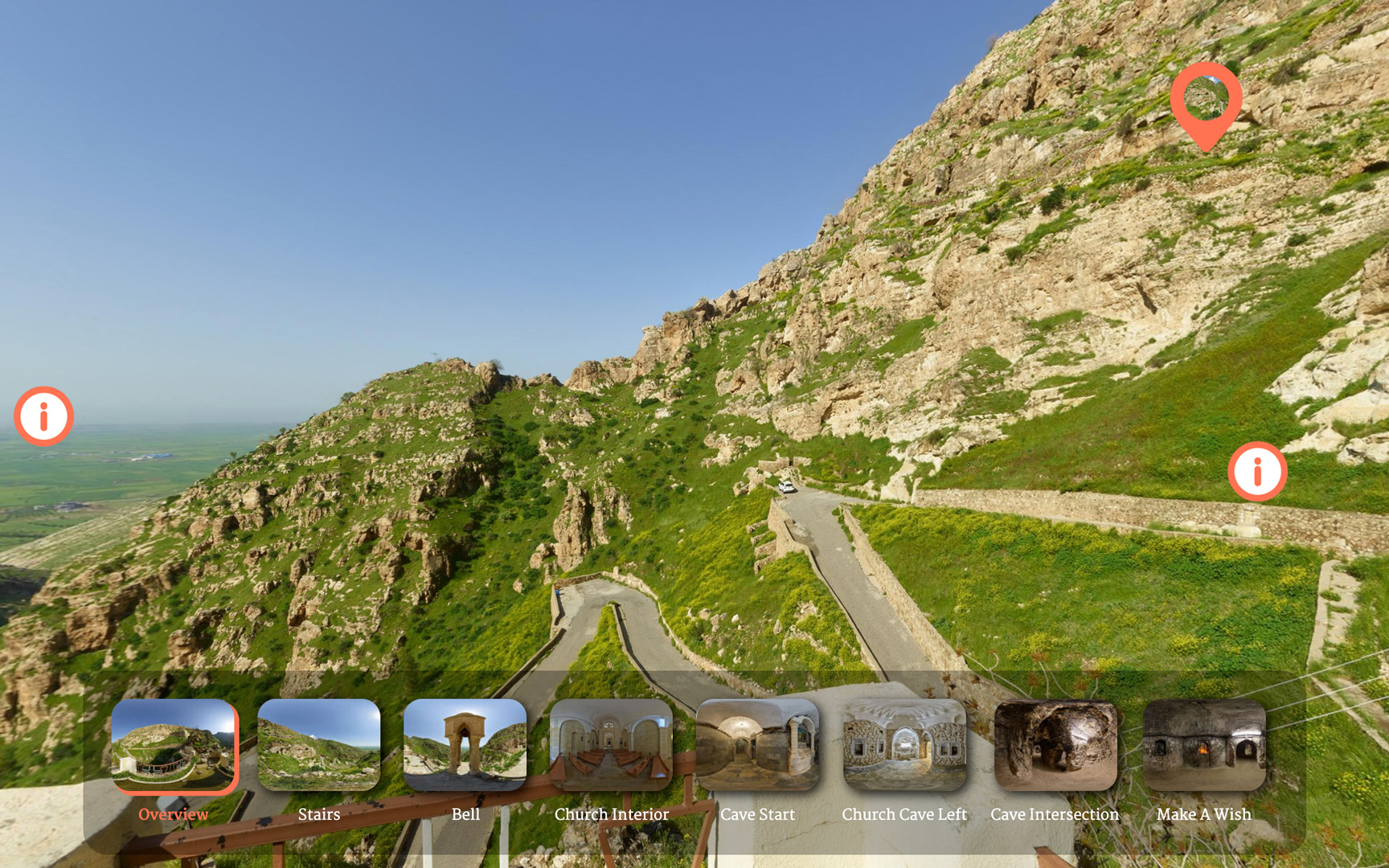 Creating interactive 360 heritage site tours for web
Creating interactive 360 heritage site tours for web